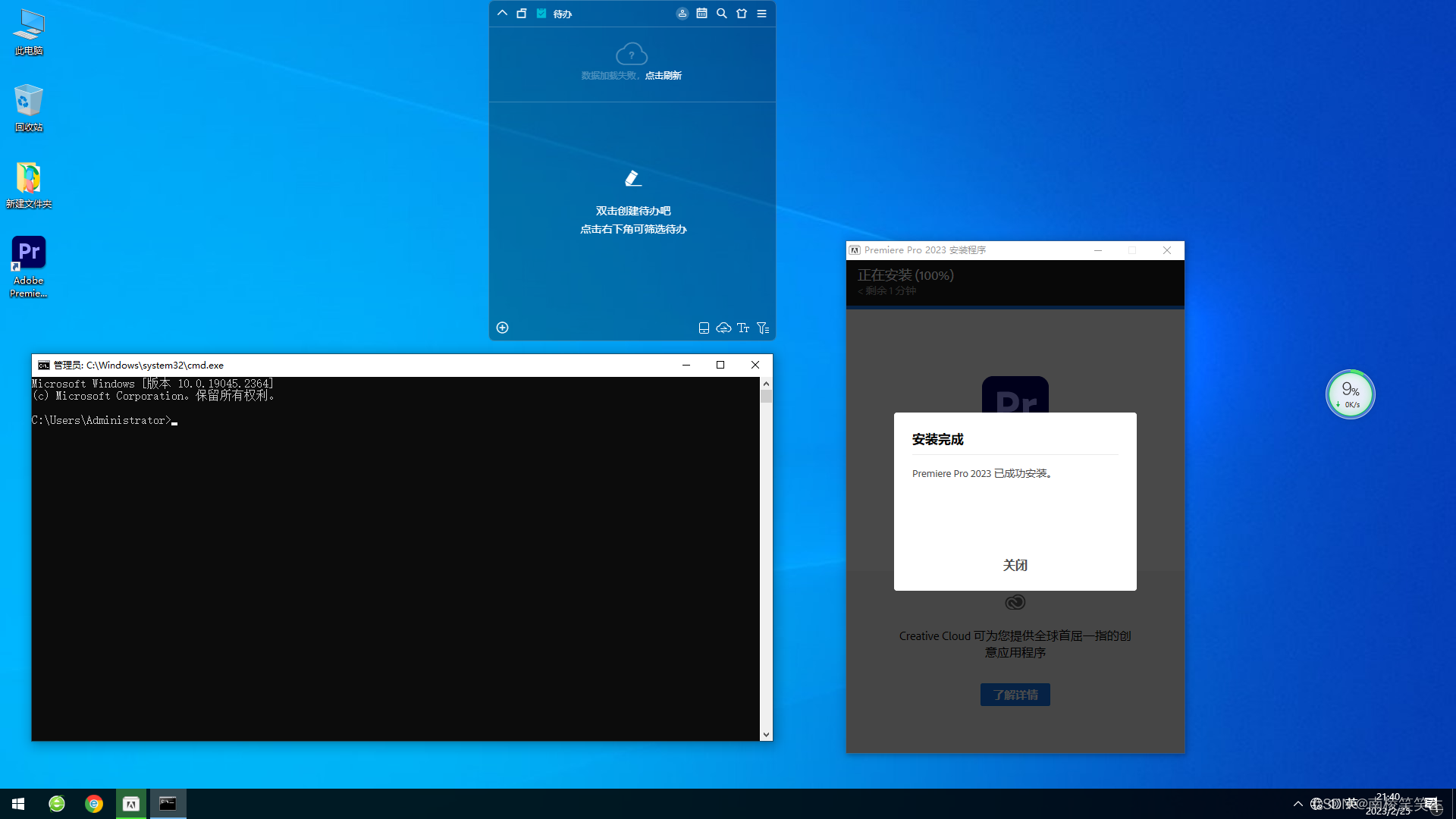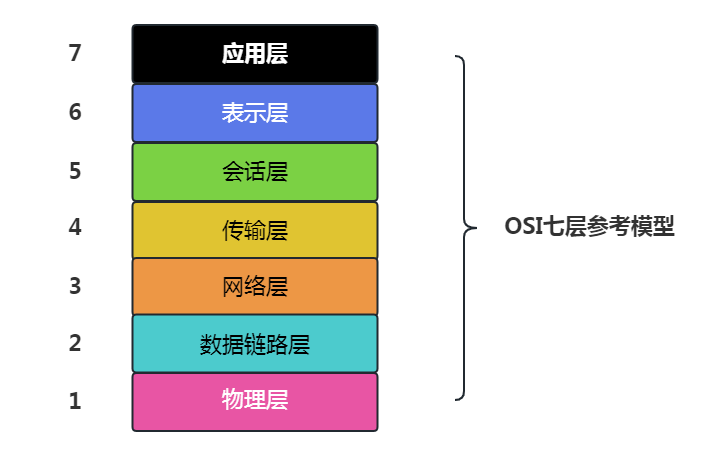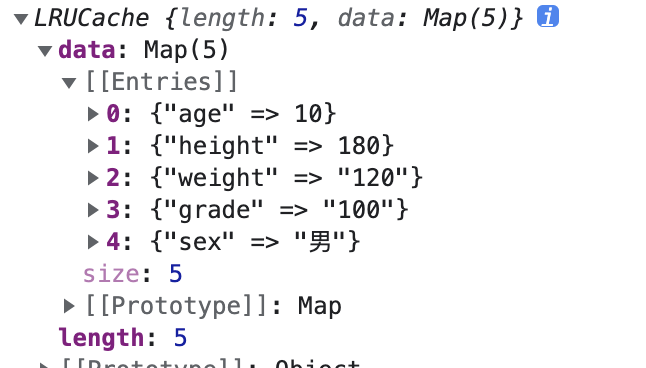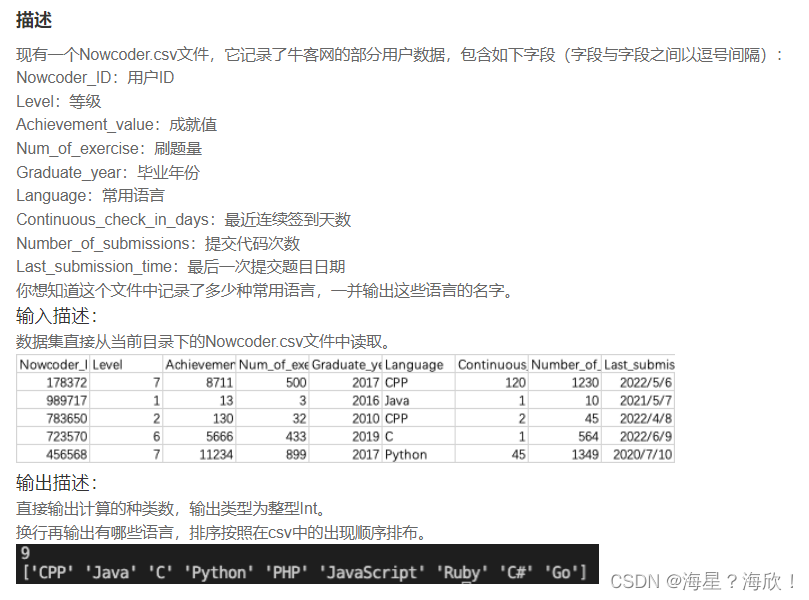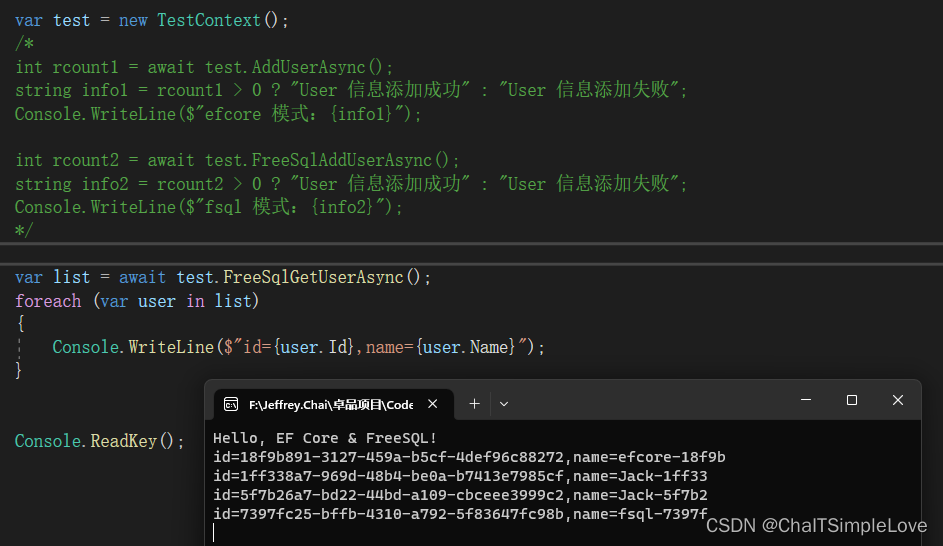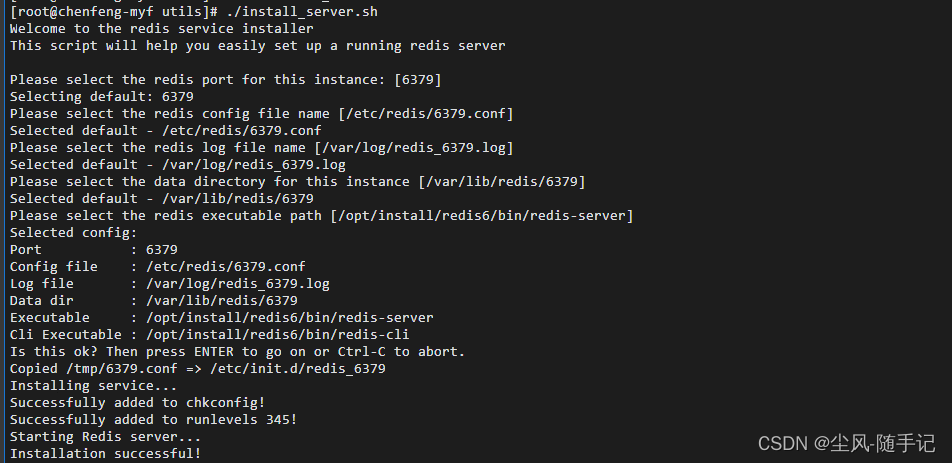本次实验采用CentOS7
1.检查
在安装DHCP之前先使用rpm命令查看系统中已有的DHCP软件包
rpm -qa | grep dhcp
由此可知,系统中尚未安装DHCP软件包
2.安装
我们可以使用yum命令为系统安装DHCP软件包
yum -y install dhcp
安装完成后再次检查可以看到DHCP软件包
3.配置dhcp配置文件
我们在上面的安装过程中已经知道了当前系统中的dhcp软件包版本为 4.2.5
因此去往路径/usr/share/doc/dhcp-4.2.5/dhcpd.conf.example
这里是一些介绍,想要直接配置的可以跳过
# dhcpd.conf
#
# Sample configuration file for ISC dhcpd
#
# option definitions common to all supported networks...
option domain-name "example.org";
option domain-name-servers ns1.example.org, ns2.example.org;
default-lease-time 600;
max-lease-time 7200;
# Use this to enble / disable dynamic dns updates globally.
#ddns-update-style none;
# If this DHCP server is the official DHCP server for the local
# network, the authoritative directive should be uncommented.
#authoritative;
# Use this to send dhcp log messages to a different log file (you also
# have to hack syslog.conf to complete the redirection).
log-facility local7;
# No service will be given on this subnet, but declaring it helps the
# DHCP server to understand the network topology.
subnet 10.152.187.0 netmask 255.255.255.0 {
}
# This is a very basic subnet declaration.
subnet 10.254.239.0 netmask 255.255.255.224 {
range 10.254.239.10 10.254.239.20;
option routers rtr-239-0-1.example.org, rtr-239-0-2.example.org;
}
# This declaration allows BOOTP clients to get dynamic addresses,
# which we don't really recommend.
subnet 10.254.239.32 netmask 255.255.255.224 {
range dynamic-bootp 10.254.239.40 10.254.239.60;
option broadcast-address 10.254.239.31;
option routers rtr-239-32-1.example.org;
}
# A slightly different configuration for an internal subnet.
subnet 10.5.5.0 netmask 255.255.255.224 {
range 10.5.5.26 10.5.5.30;
option domain-name-servers ns1.internal.example.org;
option domain-name "internal.example.org";
option routers 10.5.5.1;
option broadcast-address 10.5.5.31;
default-lease-time 600;
max-lease-time 7200;
}
# Hosts which require special configuration options can be listed in
# host statements. If no address is specified, the address will be
# allocated dynamically (if possible), but the host-specific information
# will still come from the host declaration.
host passacaglia {
hardware ethernet 0:0:c0:5d:bd:95;
filename "vmunix.passacaglia";
server-name "toccata.fugue.com";
}
1,1 顶端
# Fixed IP addresses can also be specified for hosts. These addresses
# should not also be listed as being available for dynamic assignment.
# Hosts for which fixed IP addresses have been specified can boot using
# BOOTP or DHCP. Hosts for which no fixed address is specified can only
# be booted with DHCP, unless there is an address range on the subnet
# to which a BOOTP client is connected which has the dynamic-bootp flag
# set.
host fantasia {
hardware ethernet 08:00:07:26:c0:a5;
fixed-address fantasia.fugue.com;
}
# You can declare a class of clients and then do address allocation
# based on that. The example below shows a case where all clients
# in a certain class get addresses on the 10.17.224/24 subnet, and all
# other clients get addresses on the 10.0.29/24 subnet.
class "foo" {
match if substring (option vendor-class-identifier, 0, 4) = "SUNW";
}
shared-network 224-29 {
subnet 10.17.224.0 netmask 255.255.255.0 {
option routers rtr-224.example.org;
}
subnet 10.0.29.0 netmask 255.255.255.0 {
option routers rtr-29.example.org;
}
pool {
allow members of "foo";
range 10.17.224.10 10.17.224.250;
}
pool {
deny members of "foo";
range 10.0.29.10 10.0.29.230;
}
}
100,1 底端
DHCP服务参数
参数 | 说明 |
ddns-update-style | 配置全局启用/禁用动态DNS更新 |
authentication | 拒绝未经验证的IP 地址的请求 |
default-lease-time | 指定租约时间的最大值 |
max-lease-time | 指定租约时间的最小值 |
hardware | 指定网卡接口类型和MAC地址 |
fixed-address | 为客户端主机指定固定IP |
DHCP服务声明
声明 | 说明 |
subnet | 指定子网作用域 |
range | 指定子网作用域 |
allows bootp / deny bootp | 响应激活查询/ 拒绝响应激活查询 |
allow booting / deny booting | 响应激活查询/ 拒绝响应激活查询 |
host | 指定保留主机 |
filename | 指定启动文件 |
netx-server | 设置文件共享服务器 |
shared-network | 为客户端主机指定固定IP |
DHCP服务选项
选项 | 说明 |
domain-name | 设置客户端的DNS域名 |
domain-name-servers | 设置DNS服务器的IP地址 |
host-name | 设置客户端的主机名 |
subnet-mask | 设置客户端的子网掩码 |
routers | 设置客户端网关IP地址 |
broadcast-address | 设置客户端的广播地址 |
简单的编写一个配置文件
allow booting;
#分配子网,网段为192.168.138.0 子网掩码为255.255.255.0
subnet 192.168.138.0 netmask 255.255.255.0 {
range 192.168.138.128 192.168.138.254; #设置子网的IP地址取值范围
#设置为客户端分配的DNS服务器地址
option domain-name-servers 192.168.138.2;
#设置客户端的DNS域名
option domain-name "internal.example.org";
#设置网关地址
option routers 192.168.138.2;
#设置最短租约时常
default-lease-time 3600;
#设置最长租约时长
max-lease-time 7200;
#设置文件共享服务器地址
next-server 192.168.138.9
#设置文件服务器上共享的启动文件名称
filename "pxelinux.0"
}需要注意:
1.在格式上配置文件应该与模板中提供的格式相同
2.在内容上,地址池的IP地址范围应该在子网范围内,本机网卡IP应在地址池范围之内
所有配置完成之后,在客户端上将网卡的配置文件中的BOOTPROTO项的值设为dhcp
再重启网络服务即可
